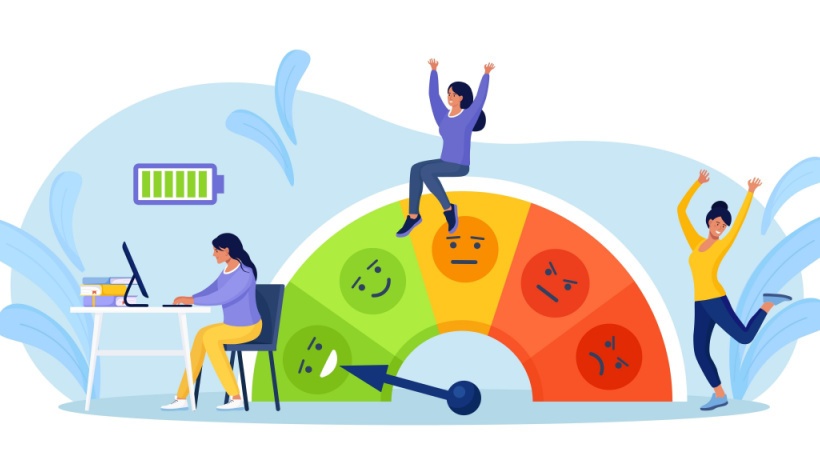What gives some companies a competitive edge in the marketplace? What causes one organization to thrive, while another struggles to survive? When we think of highly successful organizations, a few notable traits come to mind. They offer terrific products and services, they are continually innovating, they maintain a clear focus on the needs of their customers, and they attract the best talent. But perhaps the most important of these enviable characteristics is that last one; attracting the best talent.
The employees that an organization attracts and retains make up the life-blood of the company. They comprise the culture of the organization – the foundation upon which all else is built. When employees are committed to the success of a business, great things happen. So how does an organization foster that enviable level of commitment among its employees? In a word – engagement.
How Gamification Leads to Employee Engagement
There is a growing recognition that gamification within the workplace is a valuable tool for creating employee engagement. As we know, gamification is the use of game mechanics and game-based principles in a non-game context to encourage a certain behavior. The attributes of game mechanics such as immediate feedback, challenge, progress tracking and rewards all serve to motivate and engage employees. In the context of employee performance, gamification offers the following benefits:
-
- A sense of progress and job mastery
- Frequent, objective feedback
- Universal and consistent training
- Opportunity for recognition and reward
- Perceived fairness and objectivity (i.e. no supervisor favoritism)
- Relevant and timely skill updates
- Motivates better performance
- Results in a more knowledgeable workforce
Gamification extends beyond just job-specific training, to all aspects of the business environment. It has the potential of creating a more unified and consistent culture within the organization by reinforcing organizational values, goals and objectives. It also gives employees an opportunity to see where they fit within the structure of the organization, and exactly why their contributions matter.
Engaged Employees Perform Better
By now it should be increasingly clear that employees who are engaged and motivated will do their jobs better and contribute to greater success within the organization. When employees are given the opportunity to learn and grow within the company, they feel more valued. The level of commitment an employee feels by the company is directly related to the level of commitment they are likely to show. In addition, the more gamified the entire organizational structure, the more an employee is likely to understand, and the more they will be able to contribute.
If employees feel engaged and committed to the success of the business, they will be more likely to go the extra mile not only in performing their job, but in doing what’s in the best interest of the company.
The Bottom Line
An organization’s biggest investment and most valuable overall resource is its employees. By creating a system of feedback and training using gamification, employees are far more engaged and committed to business success. According to a study by the Society for Human Resource Management (SHRM), employees rank employee engagement as the third highest factor to business success. If we agree that employee engagement is crucial to the success of a business, then creating a culture of engagement should be a top priority for any organization. Incorporating gamification into your organization is a great step in the journey to engaged employees.






